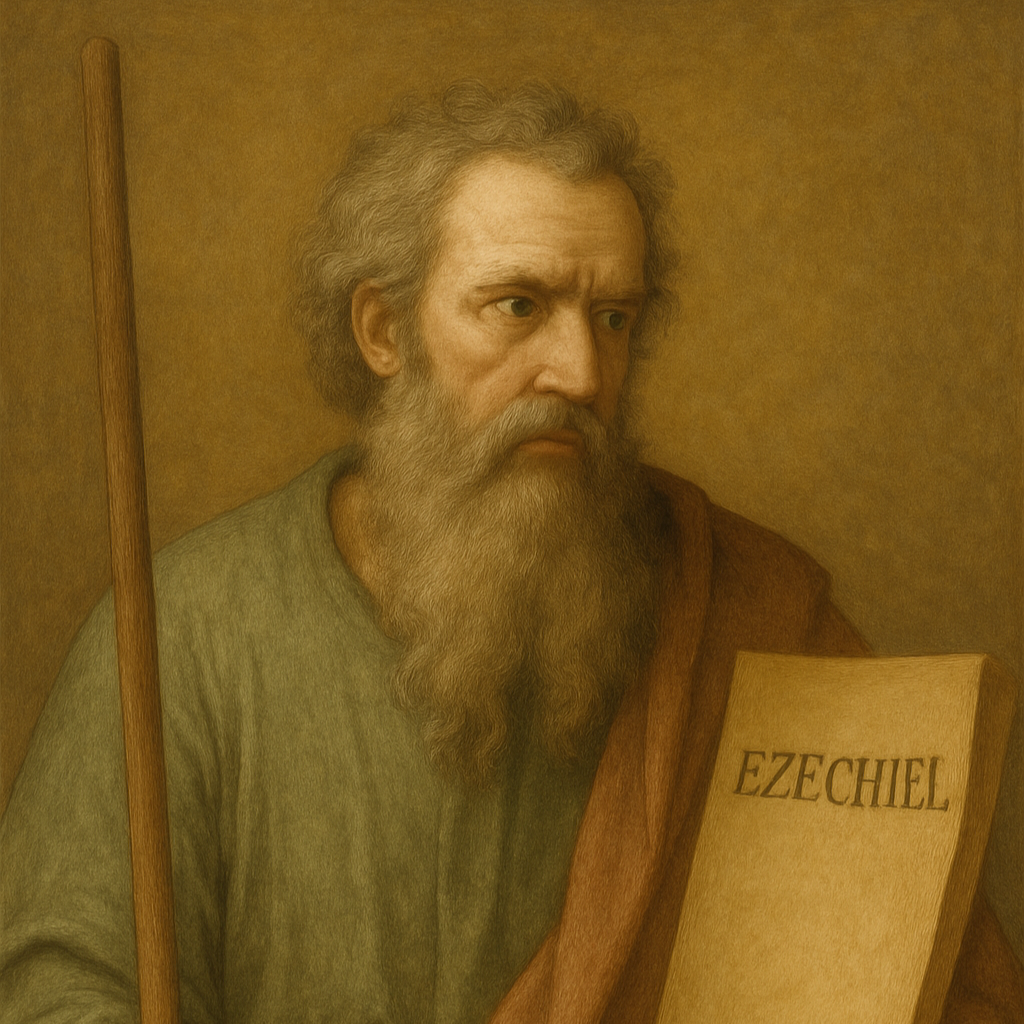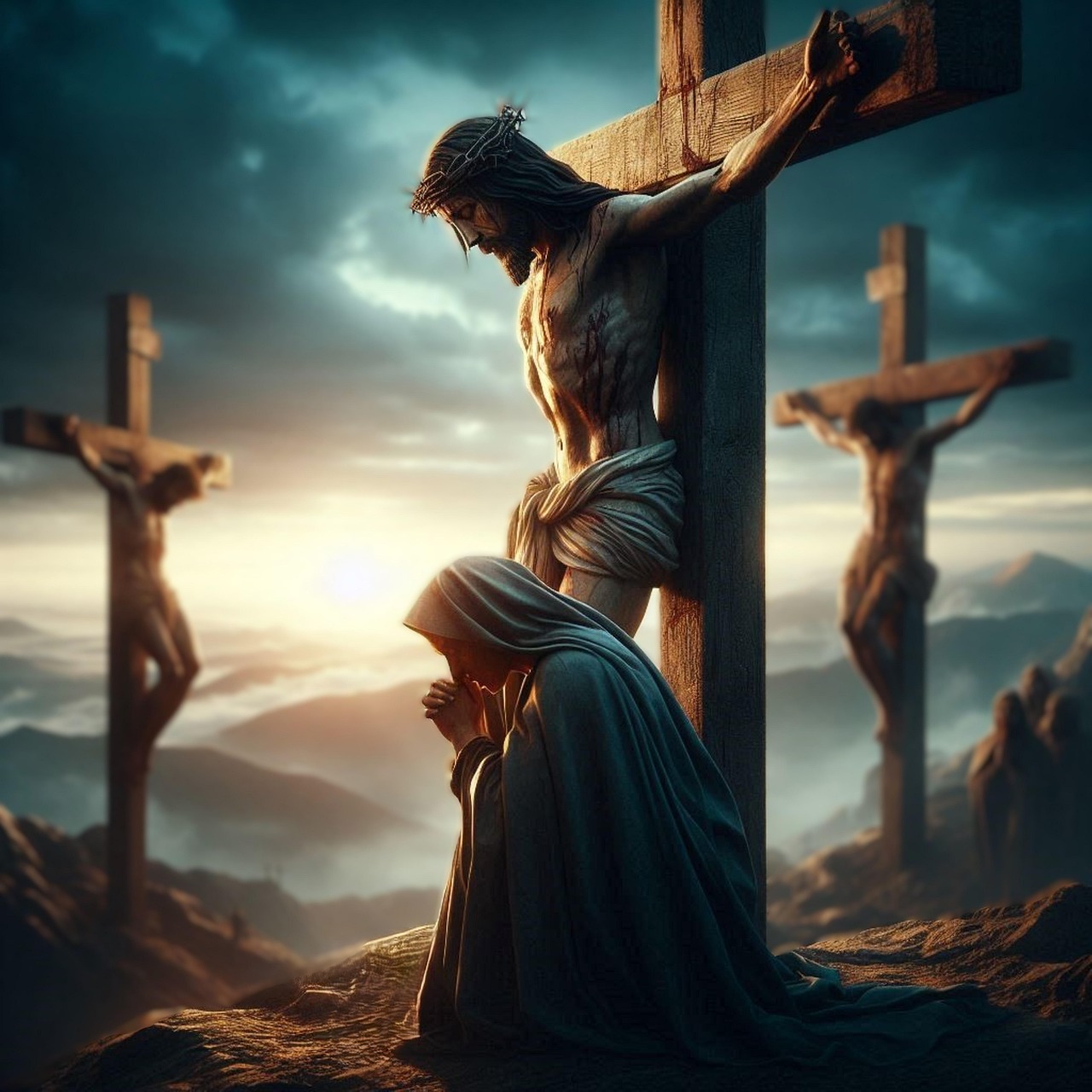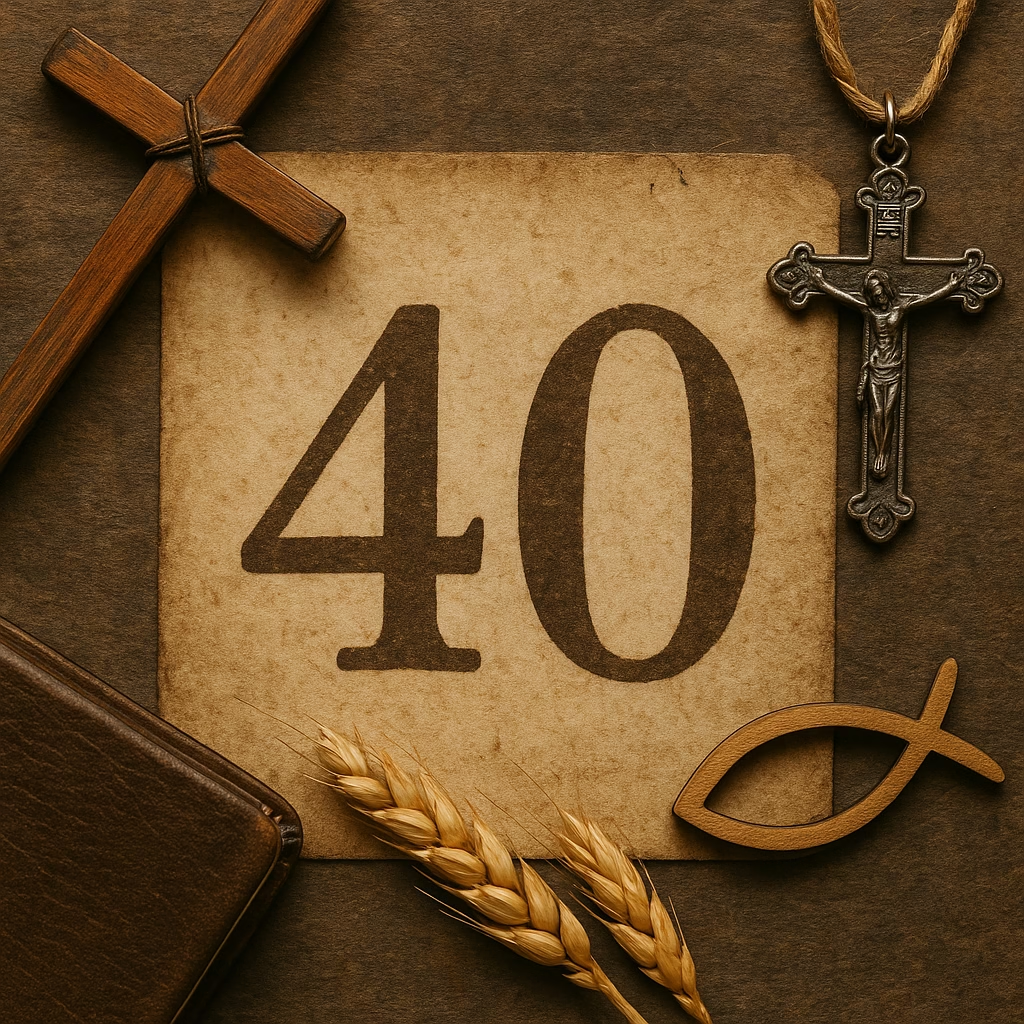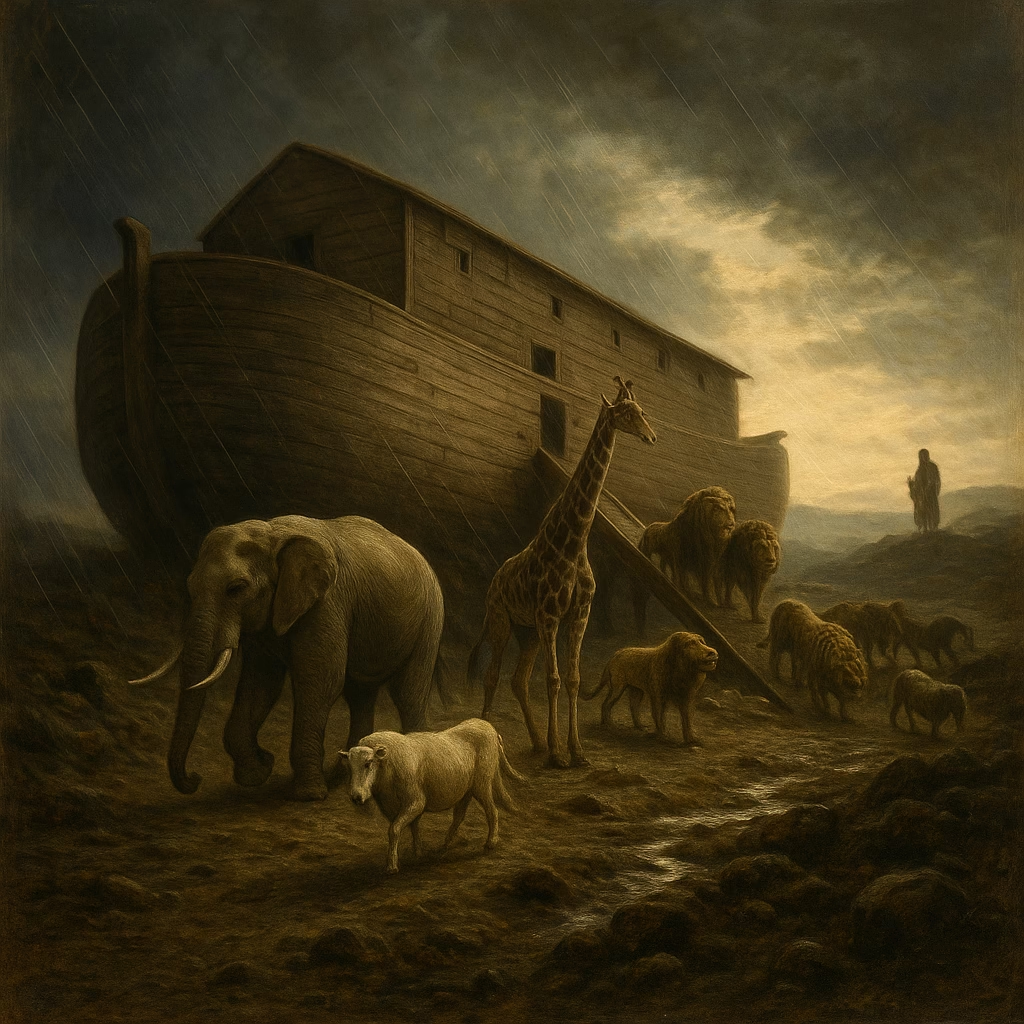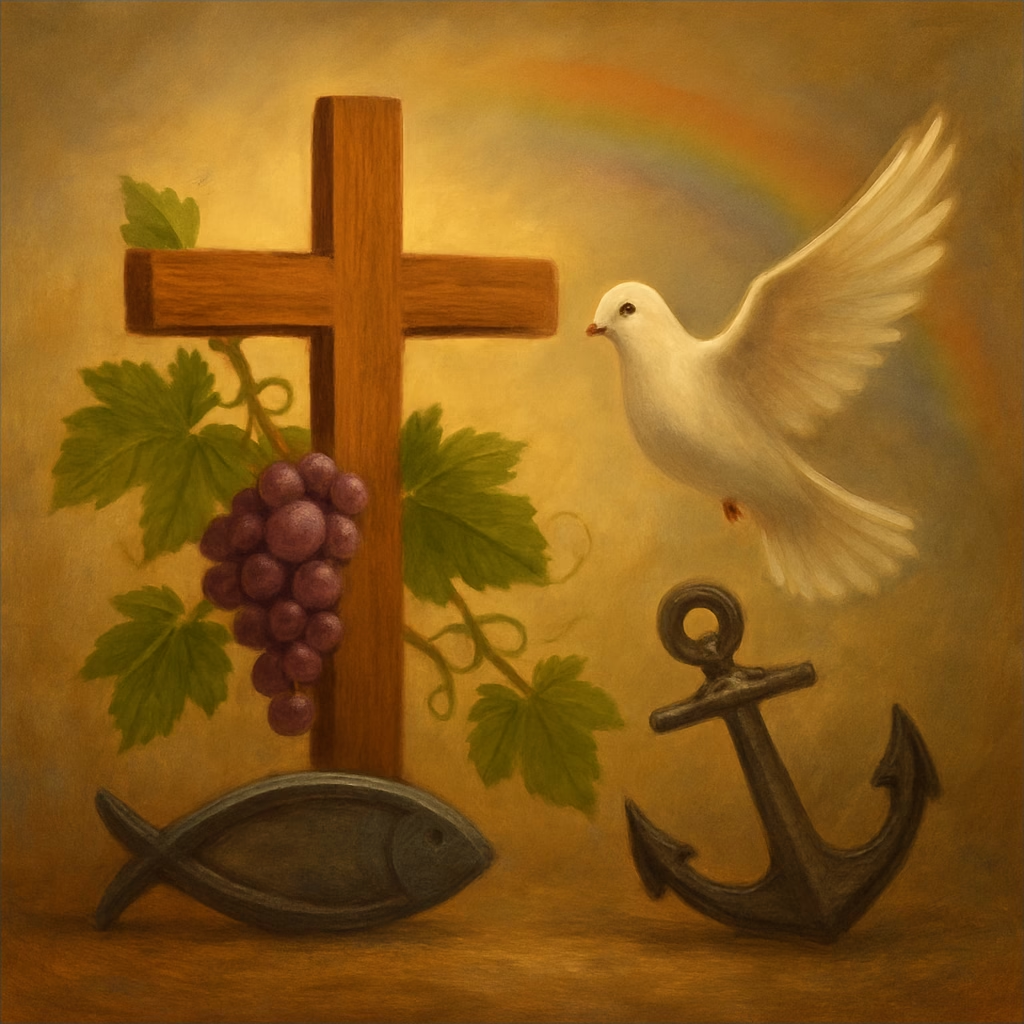Visions, Book, and Meaning Explained
Ezekiel was one of the most profound and visionary prophets of the Old Testament, known for his symbolic messages, dramatic prophecies, and vivid encounters with God. As both a priest and a prophet, Ezekiel served during a critical period in Israel’s history, the Babylonian exile, bringing God’s messages of judgment, hope, and restoration.
The Book of Ezekiel is among the most mysterious and complex in the Bible, yet it offers deep insights into divine justice, repentance, and the eventual renewal of God’s people.
Historical Context: Ezekiel in Babylonian Exile
Ezekiel was born into a priestly lineage and lived during a time of immense political and spiritual crisis. In 597 BCE, he was taken into captivity in Babylon, along with other elite members of Jerusalem society, as part of the first wave of exiles by King Nebuchadnezzar.
He received his prophetic calling around the age of 30, while living among the exiles by the Kebar River in Babylon.
“The heavens were opened and I saw visions of God.” (Ezekiel 1:1)
Ezekiel’s message was clear: the exile was a result of Israel’s unfaithfulness, but God had not abandoned His people.
Major Themes and Symbolic Visions in the Book of Ezekiel
The Book of Ezekiel is famous for its dramatic imagery and symbolism. Some of its most notable elements include:
The Vision of the Four Living Creatures and the Wheel (Ezekiel 1)
Ezekiel’s first vision features four strange, multi-faced creatures and a wheel within a wheel, symbolizing God’s omnipresence, mobility, and mysterious power.
“Wherever the spirit would go, the creatures would go… and the wheels rose along with them.”
This powerful vision introduces Ezekiel’s divine calling and emphasizes God’s authority over all creation.
The Valley of Dry Bones (Ezekiel 37)
Perhaps Ezekiel’s most well-known vision, this scene represents the spiritual rebirth of Israel. God commands Ezekiel to prophesy over a valley of dry bones, which miraculously come back to life.
“Son of man, can these bones live?” (Ezekiel 37:3)
The vision symbolizes hope, renewal, and resurrection, especially for a people in exile who had lost all sense of national and spiritual identity.
The Vision of the New Temple (Chapters 40–48)
In the final chapters, Ezekiel describes an idealized new temple and a restored Israel. These detailed visions have influenced both Jewish eschatology and Christian end-times theology.
Ezekiel’s Prophetic Role and Responsibilities
Unlike other prophets, Ezekiel often performed prophetic sign acts, symbolic actions that conveyed spiritual messages. For example:
- Lying on his side for 390 days (Ezekiel 4) to represent Israel’s sin.
- Shaving his head and dividing the hair into three parts (Ezekiel 5) to symbolize judgment.
- Not mourning his wife’s death (Ezekiel 24:15–24) to reflect Jerusalem’s destruction.
These actions reinforced his messages in ways that words alone could not.
The Book of Ezekiel: Structure and Interpretation
The Book of Ezekiel is divided into three main sections:
1. Chapters 1–24: Oracles of judgment against Israel
2. Chapters 25–32: Oracles against foreign nations
3. Chapters 33–48: Messages of restoration and hope
The book blends apocalyptic imagery, divine judgment, and visions of redemption, making it a challenging yet deeply meaningful part of biblical literature.
Ezekiel in Jewish and Christian Tradition
Ezekiel is considered one of the Major Prophets in both Judaism and Christianity. His visions influenced later apocalyptic literature, such as the Book of Revelation.
- In Judaism, Ezekiel is remembered for his detailed Temple vision, which forms part of the Haftarah readings during the festivals.
- In Christianity, Ezekiel’s imagery (especially the wheel vision) has been interpreted as foreshadowing the nature of divine revelation and even the Trinity in early Christian thought.
The Legacy and Relevance of Ezekiel Today
Ezekiel’s message of repentance, judgment, and hope remains relevant today. His visions challenge readers to:
- Reflect on the consequences of turning away from God
- Believe in the possibility of spiritual renewal and restoration
- Trust in God’s faithfulness, even in exile and suffering
Ezekiel reminds us that even in the darkest times, God is still at work, shaping His people for a greater future.
FAQ
Who was Ezekiel in the Bible?
Ezekiel was a prophet and priest who received visions from God during the Babylonian exile. He authored the Book of Ezekiel, one of the major prophetic books in the Old Testament.
What is the meaning of Ezekiel’s vision of the dry bones?
It symbolizes the spiritual rebirth of Israel and God’s power to restore life to what seems dead or hopeless.
What is the wheel within a wheel in Ezekiel?
The “wheel within a wheel” in Ezekiel 1 symbolizes God’s omnipresence and divine movement throughout the earth.
Why is Ezekiel important?
Ezekiel delivered messages of judgment and hope during exile and provided one of the most detailed and visionary accounts of God’s plans for restoration.
How many chapters are in the Book of Ezekiel?
There are 48 chapters in the Book of Ezekiel.
